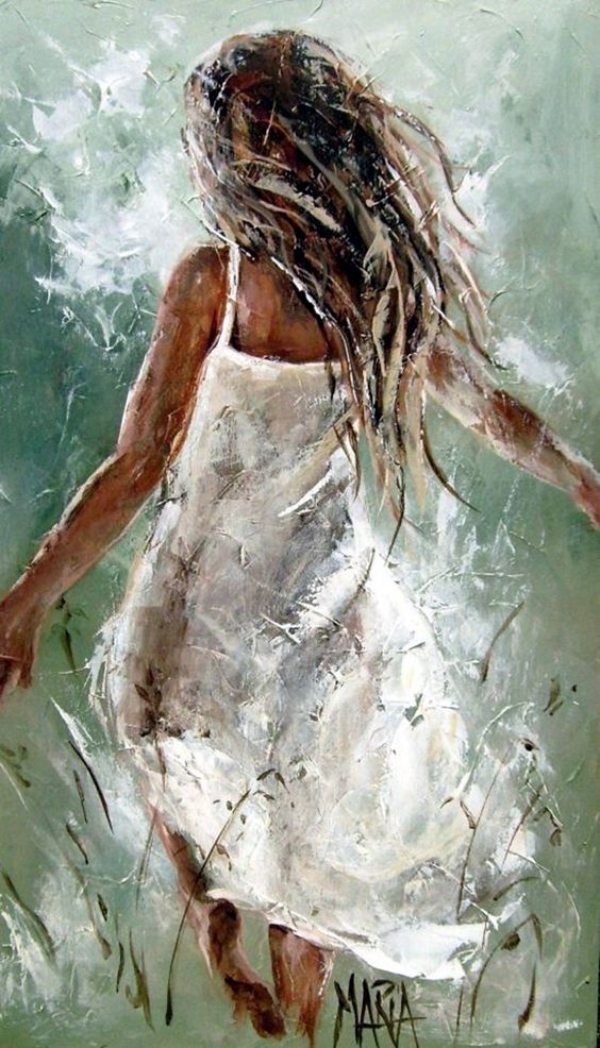
Remember, this is a computer image generating program. HINT: When surfing the program, each time you hit “ANOTHER” on the bottom information box, that image will be forever gone. The beauty of the site is that the person does not actually exist and you can safely create from that photo without infringing on anyone’s rights. Not to mention people have rights to their own image and you don’t want to be sued by someone if you create a great piece of artwork and it goes viral online. It is illegal to create a new piece of artwork from a photo someone else has taken unless you get permission, because that photo is an intellectual property belonging to that creator. It’s brilliant for artists and illustrators because if you are using a photo of someone you MUST get a model release form signed by that person for legal reasons. The finished photo is a picture of a human who actually DOES NOT EXIST!

Say whaaat? Yes, it uses GAN (generative adversarial network) programming. If you would like a great reference for painting people from photos, check out this site: It is a unique computer-generated image site where a computer program slices features from a library of existing model faces and splices them into a new face. If the lighting is flat in the photo, then your finished portrait could look dull and uninspiring.

If painting from photos is your first choice (and portrait artists may typically take 100 – 500 photos of their subject for home reference) then lighting is still of paramount importance. Ya just gotta be able to see the differences in the value planes on the face and lighting is key.
#ACRYLIC PORTRAIT PAINTING PROFESSIONAL#
One of the biggest surprises that I learned from professional portrait artists is how vitally important lighting is if you are going to use a live model.

This demonstration will be using thin layers to achieve a smooth finish in my acrylic portrait painting. If you are trying to make it look like oils with buttery consistency and flawless blending, then you’ll need to use a few additives to the paint and keep the paints themselves wet on the palette, or use a multi-layer approach with greatly thinned down paint. Introduction to acrylic portrait paintingĪcrylic portrait painting is quite a bit different than painting in oils, pastels or watercolor.


 0 kommentar(er)
0 kommentar(er)
